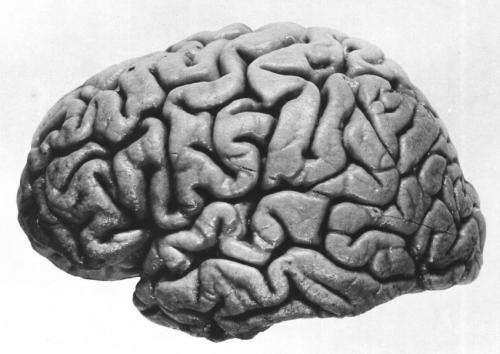Using the brain to forecast decisions

You're waiting at a bus stop, expecting the bus to arrive any time. You watch the road. Nothing yet. A little later you start to pace. More time passes. "Maybe there is some problem", you think. Finally, you give up and raise your arm and hail a taxi. Just as you pull away, you glimpse the bus gliding up. Did you have a choice to wait a bit longer? Or was giving up too soon the inevitable and predictable result of a chain of neural events?
In research published yesterday in the journal Nature Neuroscience, scientists show that neural recordings can be used to forecast when spontaneous decisions will take place. "Experiments like this have been used to argue that free will is an illusion," says Zachary Mainen, a neuroscientist at the Champalimaud Centre for the Unknown, in Lisbon, Portugal, who led the study, "but we think that interpretation is mistaken."
The scientists used recordings of neurons in an area of the brain involved in planning movements to try to predict when a rat would give up waiting for a delayed tone. "We know they were not just responding to a stimulus, but spontaneously deciding when to give up, because the timing of their choice varied unpredictably from trial to trial" said Mainen. The researchers discovered that neurons in the premotor cortex could predict the animals' actions more than one second in advance. According to Mainen, "This is remarkable because in similar experiments, humans report deciding when to move only around two tenths of a second before the movement."
However, the scientists claim that this kind of predictive activity does not mean that the brain has decided. "Our data can be explained very well by a theory of decision-making known as an 'integration-to-bound' model" says Mainen. According to this theory, individual brain cells cast votes for or against a particular action, such as raising an arm. Circuits within the brain keep a tally of the votes in favor of each action and when a threshold is reached it is triggered. Critically, like individual voters in an election, individual neurons influence a decision but do not determine the outcome. Mainen explained: "Elections can be forecast by polling, and the more data available, the better the prediction, but these forecasts are never 100% accurate and being able to partly predict an election does not mean that its results are predetermined. In the same way, being able to use neural activity to predict a decision does not mean that a decision has already taken place."
The scientists also described a second population of neurons whose activity is theorized to reflect the running tally of votes for a particular action. This activity, described as "ramping", had previously been reported only in humans and other primates. According to Masayoshi Murakami, co-author of the paper, "we believe these data provide strong evidence that the brain is performing integration to a threshold, but there are still many unknowns." Said Mainen, "what is the origin of the variability is a huge question. Until we understand that, we cannot say we understand how a decision works".
More information: Neural antecedents of self-initiated actions in secondary motor cortex, Nature Neuroscience, DOI: 10.1038/nn.3826

















